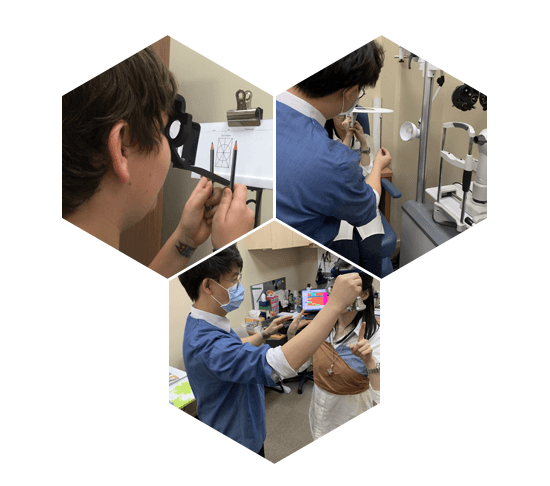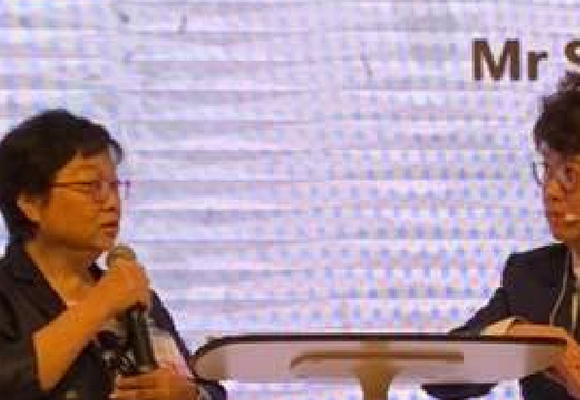Vision And Posture
THE “EYES” HAVE IT
Posted February 28th, 2001 by Matt
We don’t realize it, but our eyes have a great deal to do with how we stand and move. The eyes feed the brain information about where the body is in relationship to the ground and objects all around us. Different eye positions in the eye socket inform sensors in the brain so the body can adjust its posture. (Vision and Posture)

It is not surprising, then, that a link has been found between visual problems and spine problems. Scientists in France wanted to see if there was a relationship between scoliosis and vision problems.
A healthy spine normally curves in a couple different directions from front to back, with little or no curvature side-to-side. Scoliosis involves a side-to-side curvature, usually of the upper half of the spine. Often, an “S” shape develops as the spine compensates for the curve. Scoliosis can be a progressive problem or, as with most children in this study, it can be fairly stable.
The authors compared 75 children who were blind or severely visually impaired with 728 children with normal vision. Both groups averaged between 10 and 11 years old. Researchers used several methods of scoliosis measurement, including specialized photography and the standard forward bend test. Children with visual problems and scoliosis also had X-rays of their back.
The results showed that children with visual impairment were twice as likely to have scoliosis as those in the control group. An additional finding was that 18 of the children with scoliosis also had a head tilt and turn. The authors thought that the head tilt was a way to compensate for visual problems and that it led to scoliosis of the neck vertebrae.
For example, nystagmus, a condition that causes constant circular eye movement, can be stopped by holding the head in a tilted position. Strabismus (crossed eyes) is caused by a weak or paralyzed eye muscle that keeps the eyes from looking in the same direction. Children with strabismus tilted their heads so they could avoid using their weak eye muscles. (Vision and Posture) Over time, the head tilts resulted in scoliosis of the neck vertebrae.
Scoliosis caused by tilting the head didn’t seem to be a progressive problem in these children. That led the authors to conclude that this type of scoliosis should not be treated unless the curve is severe.
Jean F. Catanzariti, MD, et al. Visual Deficiency and Scoliosis. In Spine. January 1, 2001. Vol. 26. No 1. Pp. 48-52.


